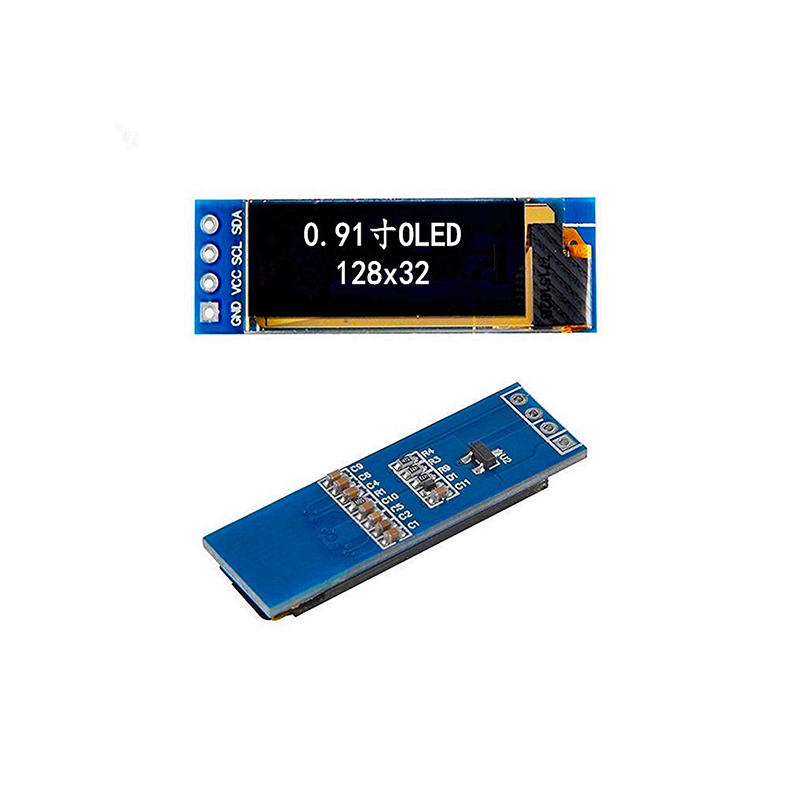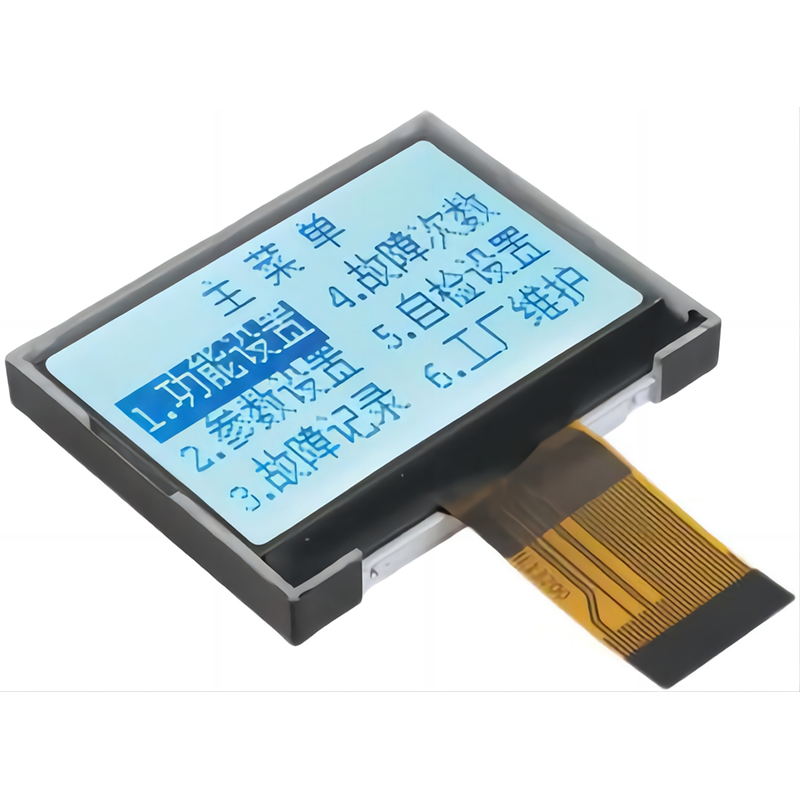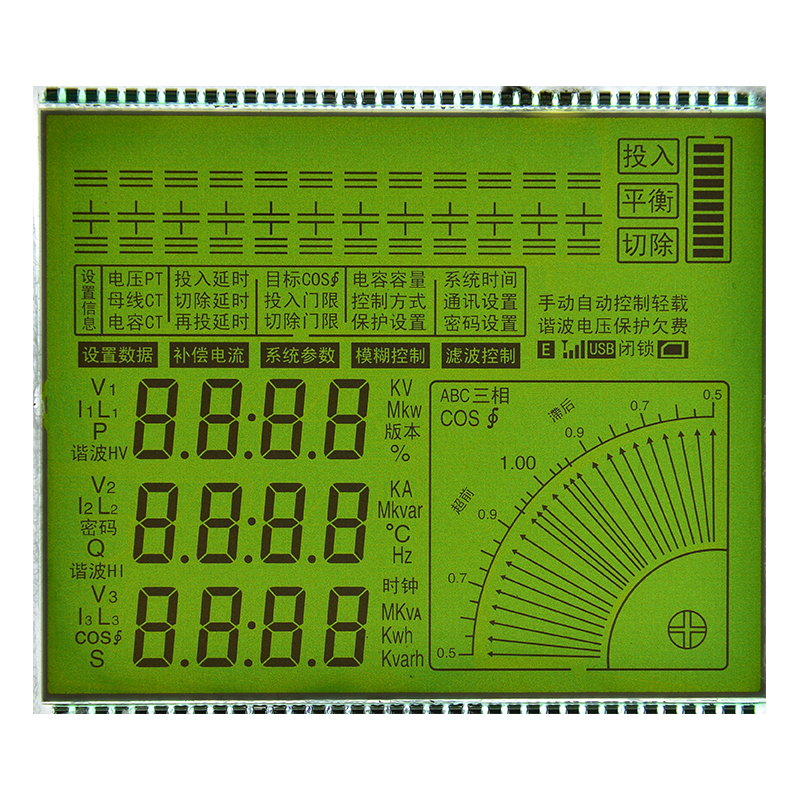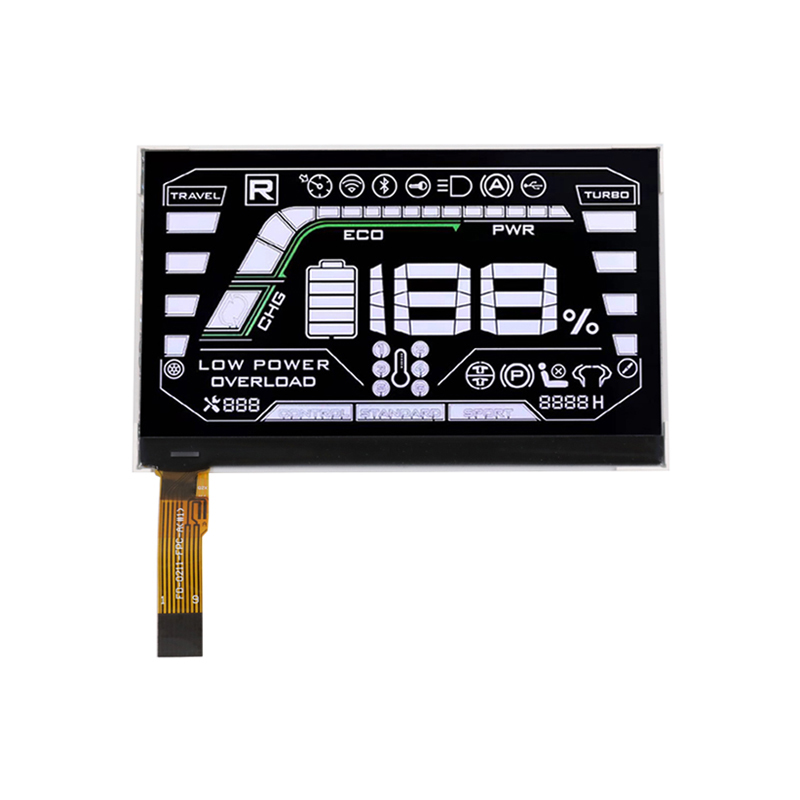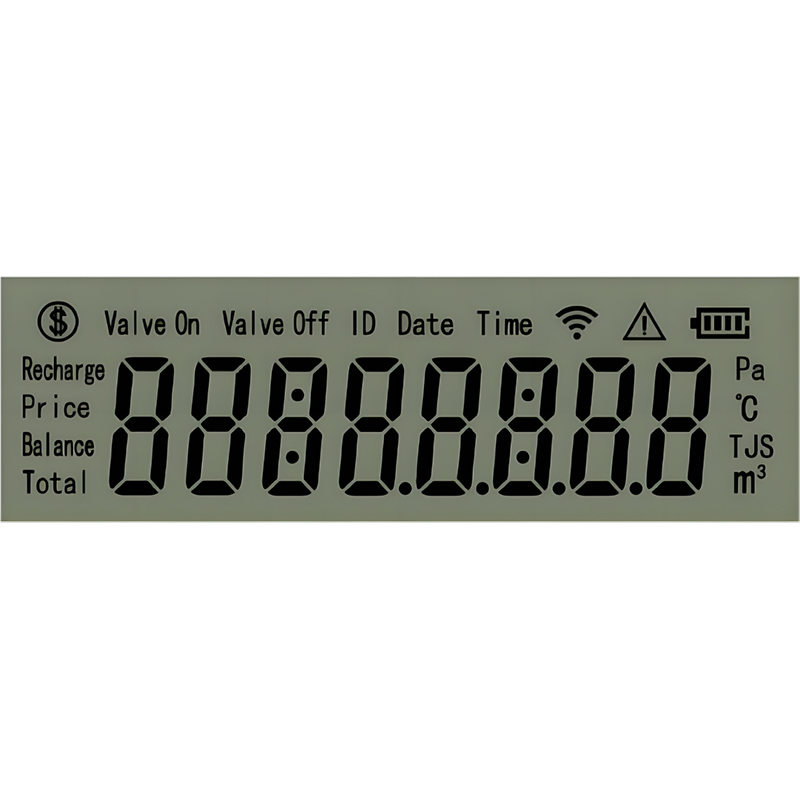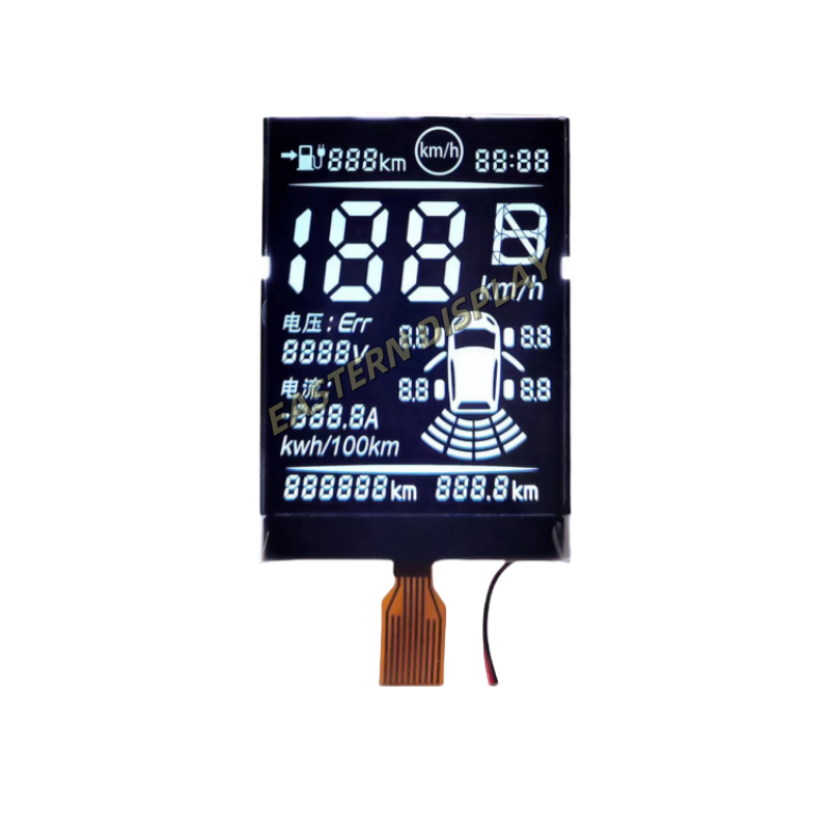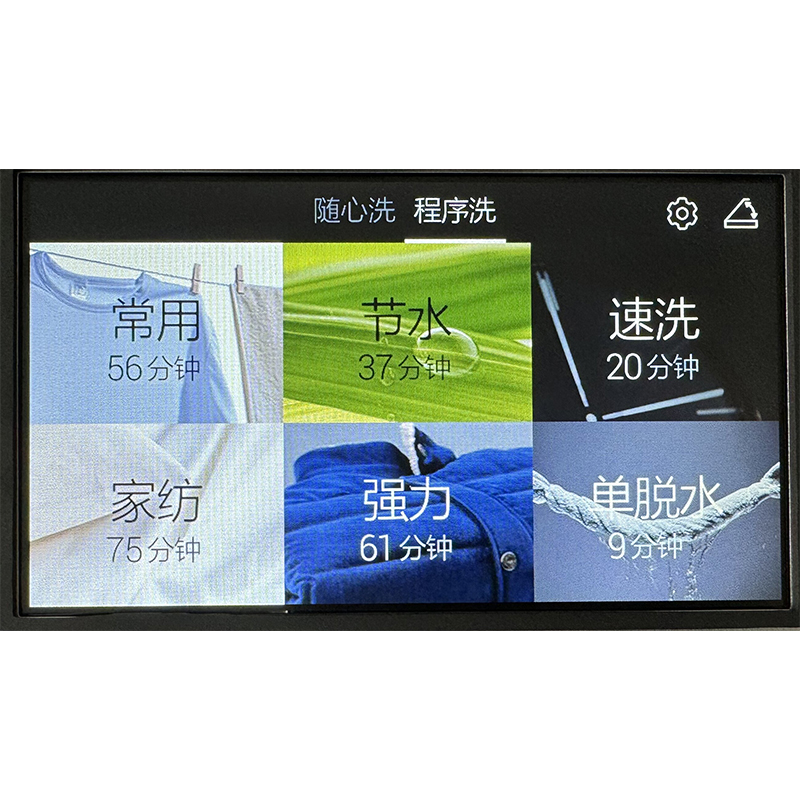
1.28 TFT Display: A Comprehensive GuideA detailed overview of 1.28 TFT displays, covering specifications, applications, and selection criteria. This guide helps you understand the different types available and choose the right display for your project.
The 1.28 TFT display market offers a diverse range of options for various applications. Understanding the key features and specifications is crucial for selecting the perfect display for your needs. This guide dives deep into the specifics of 1.28 TFT displays, helping you navigate the available choices and make an informed decision.
Resolution, measured in pixels (e.g., 128x128), directly impacts image clarity. Higher resolution translates to sharper images, but also requires more processing power. Pixel density, expressed in pixels per inch (PPI), determines the level of detail. A higher PPI results in a more refined image. When considering a 1.28 TFT display, carefully evaluate your application's requirements to determine the optimal resolution and PPI for your needs. Some common resolutions include 128x128, 160x128, and potentially higher depending on the specific model.
Color depth determines the number of colors the display can reproduce. Common color depths include 65K colors (16-bit) and sometimes higher. The display type often influences the color depth and viewing angle. Most 1.28 TFT displays use the standard TFT (Thin Film Transistor) technology. Consider the color requirements of your application when choosing a 1.28 TFT display; a higher color depth will produce more vibrant and realistic images.
The backlight illuminates the liquid crystals, influencing the display's visibility in different lighting conditions. Brightness is measured in cd/m2 (candelas per square meter), with higher values indicating brighter displays. For outdoor applications or applications requiring high visibility, a brighter backlight is crucial. Always check the backlight specifications when choosing a 1.28 TFT display for your project.
The interface (e.g., SPI, I2C) determines how the display communicates with your microcontroller or other controlling device. Power consumption is another crucial factor, especially for battery-powered applications. A lower power consumption display will extend battery life. Check the data sheets for power consumption details for any specific 1.28 TFT display you are considering.
1.28 TFT displays are incredibly versatile and find applications in a wide range of products:
Selecting the appropriate 1.28 TFT display involves careful consideration of several factors:
| Feature | Considerations |
|---|---|
| Resolution | Depends on the detail needed for your application. |
| Color Depth | Higher color depth produces more vibrant images, but requires more processing power. |
| Brightness | Essential for visibility in various lighting conditions. |
| Interface | Choose an interface compatible with your microcontroller. |
| Power Consumption | Crucial for battery-powered devices. |
For a wide selection of high-quality 1.28 TFT displays and other display solutions, consider exploring the options available at Dalian Eastern Display Co., Ltd. They offer a comprehensive range of displays to meet various needs and provide excellent customer support. Remember to carefully review the specifications of any display before making a purchase to ensure it aligns with your project requirements.
This information is intended for general guidance only and should not be considered professional advice. Always refer to the manufacturer's specifications for accurate and detailed information regarding specific 1.28 TFT displays.

